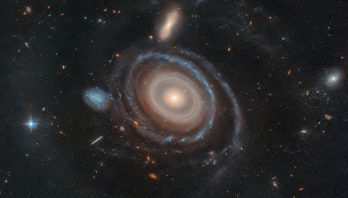
Straight Shot: Hubble Investigates Galaxy with Nine Rings
NASA's Hubble Space Telescope has captured a cosmic bullseye! The gargantuan galaxy LEDA 1313424 is rippling with nine star-filled rings ...
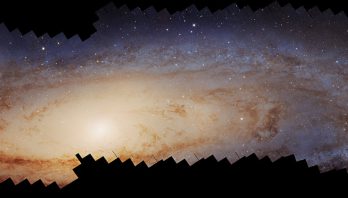
NASA’s Hubble Traces Hidden History of Andromeda Galaxy
In the years following the launch of NASA's Hubble Space Telescope, astronomers have tallied over 1 trillion galaxies in the ...
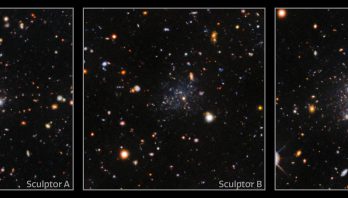
DECam and Gemini South Discover Three Tiny ‘Stellar-Ghost-Town’ Galaxies
By combining data from the DESI Legacy Imaging Surveys and the Gemini South telescope, astronomers have investigated three ultra-faint dwarf ...
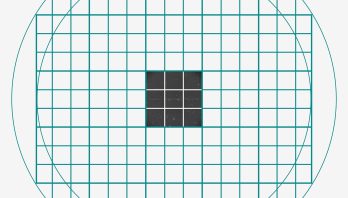
Testing, Testing! NSF–DOE Vera C. Rubin Observatory Completes Comprehensive System Tests With Flying Colors
After ten years of construction, NSF–DOE Vera C. Rubin Observatory is less than one year away from the start of its transformational ...
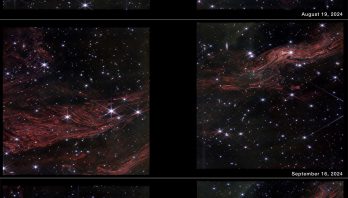
NASA’s Webb Reveals Intricate Layers of Interstellar Dust, Gas
Once upon a time, the core of a massive star collapsed, creating a shockwave that blasted outward, ripping the star ...
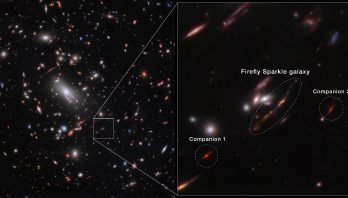
Found: First Actively Forming Galaxy as Lightweight as Young Milky Way
For the first time, NASA’s James Webb Space Telescope has detected and “weighed” a galaxy that not only existed around ...
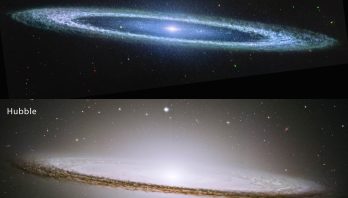
Hats Off to NASA’s Webb: Sombrero Galaxy Dazzles in New Image
In a new image from NASA’s James Webb Space Telescope, a galaxy named for its resemblance to a broad-brimmed Mexican ...
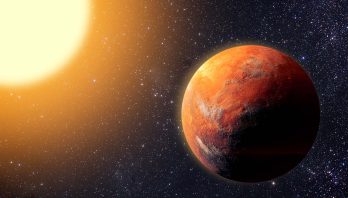
NEID Earth Twin Survey Delivers On Its Goal to Push the Limits of Exoplanet Discovery
For four years the NEID (rhymes with fluid) spectrograph, mounted on the WIYN 3.5-meter Telescope at U.S. National Science Foundation Kitt Peak National Observatory ...
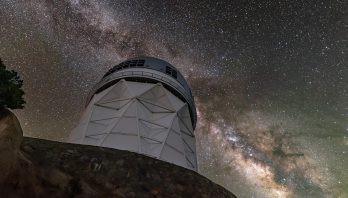
DESI Provides Best Test Yet of How Gravity Behaves at Cosmic Scales
Researchers have used the Dark Energy Spectroscopic Instrument (DESI) to map nearly six million galaxies across 11 billion years of ...
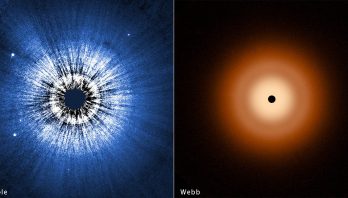
NASA’s Hubble, Webb Probe Surprisingly Smooth Disk Around Vega
A team of astronomers at the University of Arizona, Tucson used NASA's Hubble and James Webb space telescopes for an ...
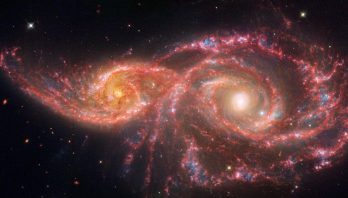
‘Blood-Soaked’ Eyes: NASA’s Webb, Hubble Examine Galaxy Pair
The gruesome palette of these galaxies is owed to a mix of mid-infrared light from NASA’s James Webb Space Telescope, ...
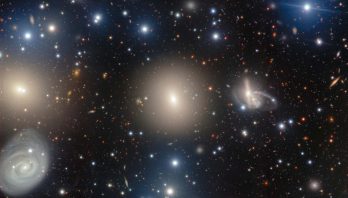
Gemini North Captures Galactic Archipelago Entangled in a Web of Dark Matter
100 years ago Edwin Hubble discovered decisive evidence that other galaxies existed far beyond the Milky Way. This image, captured ...
